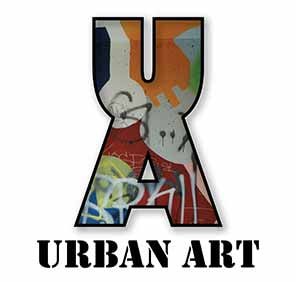When I taught college, I became aware of numerous students with dyslexia. It appeared the visual arts attracted a lot of people with dyslexia. I wondered why?
As I shared with you earlier, I was born with dyslexia*, and I have been interested in the visual arts for as long as I can remember. So imagine my surprise to find myself in classrooms with numerous people with various degrees of dyslexia and all majors in commercial arts!

Basic Facts About Dyslexia
- The term ‘dyslexia’ was coined by Rudolf Berlin, a German ophthalmologist and professor in Stuttgart, in the 1880s.
- There are four types of dyslexia.
I recall a woman in college working on her Ph.D. in Art History. She had an unusual form of dyslexia. She would take a pen in each hand and simultaneously write the same word backward and forwards! And I must add, her handwriting was beautiful! - Dyslexia is often from birth, but there are occasions when it happens after a traumatic brain injury or disease effects.
I have not seen dyslexia result from an accident, but a student in my color theory class told me he became color-blind after a severe auto accident. He still remembered the colors he could no longer see, yet his color combinations were lovely. - It is estimated that 5 – 10% of the population has dyslexia, but this number can also be as high as 17%.
- Dyslexia isn’t a reflection of a person’s intelligence. One look at well-known dyslexics will dispel that notion. To name a few, Albert Einstein, Winston Churchill, and Thomas Edison. I will touch on the famous artists a bit later.
- There is still a lot of prejudice against people who have dyslexia. I was surprised to read this, yet nothing should shock me at my age! I included a link that goes into further detail below. Personally, my mother never believed I was dyslectic. She thought (and was very verbal about her feelings) that I was lazy. That the person with dyslexia was lazy was a commonly held misbelief in the 1960s.
- Although there is still much debate about dyslexia, there is also a lot of support available—much more than when I was a kid.
Dyslexia and the Arts
Many famous artists are known or suspected to be dyslectic. The list includes Leonardo da Vinci, Pablo Picasso, Ansel Adams, Jackson Pollock, August Rodin, Andy Warhol, Chuck Close, and Robert Rauschenberg.

According to the 2015 article by the Royal College of Arts (RCA), titled Rebalancing Dyslexia and Creativity at the RCA, “At the RCA …29 percent of current students identify themselves as dyslexic, compared to 5–10 percent of the overall population.”
Artist and author Marion Boddy-Evans wrote an article in 2019 for Liveaboutdot.com titled Why Dyslexia in an Artist Can Be a Good Thing. She shares some important points for artists.
- Dyslexia results from cognitive problems in processing the phonological parts of the language. It is essentially a left-brain problem where language is not processed in the correct sequence. This means that anything to do with understanding and interpreting sequences of symbols is more complicated than average.
I shared in a previous blog about the left and right brain. In a nutshell, the right brain is the creativity-dominated side, while the left is the analytical side—native speakers of Chinese use both the left and right sides of the brain to control language. - People with dyslexia are likelier to have a greater appreciation for color, tone, and texture. They more accurately grasp two-dimensional and three-dimensional forms. They visualize their art before reaching for the paintbrush, and their imagination will allow them to go beyond the norm and create new and innovative expressions. In other words, they are creative!
People with ADHD or ADD are another group I saw a lot of in the arts. As I have discussed before, people with ADHD often make connections between different concepts or ideas with ease. Concepts, at first glance, might look unconnected to those without ADHD. But the ADHD mind sees through the disparities, making the ideas fit and work with ease. It’s an inventive, creative gift; these people are often innovators. Sadly, like a dyslexic students, they can be misunderstood and dismissed as lazy, which is unworthy.
To summarize. We are given gifts, even if we don’t realize they are gifts at first glance. I was given dyslexia. I initially thought it was a curse. Now I see it as the gift that has given me the love of reading, writing, and creating art!
Links:

